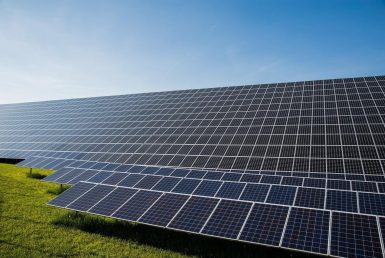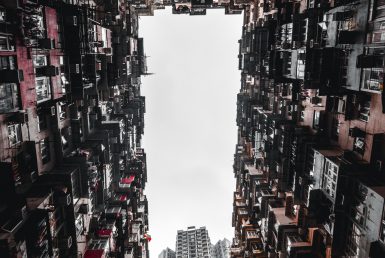Building A Healthy, Resilient, And Safe Malawi

A building is a place where we work, live, and seek shelter. It is also the most important investment we make in our lives. It lays the foundation for a strong society and is a base for wealth for every household. But all this comes at a stake when natural calamities strike, thus affecting one’s ability to survive. Natural disasters put at risk the safety of these buildings as well as the health and resources of communities.
Malawi faces recurring floods and waves of drought, pandemics and fires on a regular basis. This is mainly because the country is present in the Rift Valley in Africa which is always subject to rapid earthquakes. Unfortunately, data suggests that the recurring climate change is expected to affect the rate at which climate can impact people of both rural and urban regions.
The country also seems to be at risk to health emergencies for the public, such as the current coronavirus crises and will impact those who live in areas with low income and low housing standards. Factors such as bad ventilation, overcrowding, and inability to access basic health services can speed up the rate at which the virus spreads and further increase difficulties for the masses.
The cost that communities and the states face due to these disasters is also high. For instance, cyclone Idai hit 922,900 people in 2019 March and damaged 15 districts and 288371 houses. 89% of those had been built using substandard material and failed to meet the building standard compliance. The damage cost was estimated to be $106.6 million for the housing sector alone.
The Government had been making various efforts in Malawi to construct buildings which can be safe, hygienic , and resilient for the public. The government even updated the legislative and institutional tools for better resilience. The Government drafted the very first National Buildings Regulation for the country, developed safe land use reforms as well as safe housing guidelines. The world Bank responded by supporting efforts such as the Cat DDO (Disaster Risk Management Development Policy Financing with a Catastrophe Deferred Drawdown Option) and the Malawi Floods Emergency Recovery Project.
The building regulation for resilience (BRR) Program by Global Facility For Disaster Reduction and Recovery (GFDRR) has built a diagnostic tool to access the building regulatory framework for buildings in the country and help the government comply with the safety standards for construction and use of land. The findings and concluding remarks of the assessment are recorded in a report of GFDRR in an article titled Managing Risks for a Safer Built Environment in Malawi. This report has drafted an affordable route to improve safety and reliability of buildings across the country, while pinpointing a regulatory design that is fit for the locals.
The report also pointed out the gaps and challenges of the country’s building framework. For instance, currently, Malawi lacks the needed policies or legislation that could define the Government’s roles and responsibilities regarding building regulations.
Also, while the urban and rural enforcement agencies lack the staff and skills needed to construct safe buildings, the report covers all the components that could provide a good regulatory framework for the building. The Government first has to finalize and update National Building Regulations, complete a new building policy, and strengthen capacities to plan the construction of fire and building developments.
What’s needed is an extensive reform plan to ensure safety, resilience, and productivity in the long term. Now, that Malawi is going urban at the rate of 3.9 annually, it is a perfect time to take action.
Currently, only 16.7 percent of Malawi’s population resides in the country’s urban area, rendering it the least urban populated country in the entire Africa. It is, however, expected, that the urban population will be 20 % in 2030 and 30 % in 2050.
The low urban population, however, can also benefit Malawi by giving it an ample time frame to device and develop plans that can maximize the safety and health of urban living in the coming future. Also, if Malawi promotes safety standards for the use of land and construction of buildings, it can better reduce risks of natural calamities and its vulnerability to damage.
Countries all over the world use building design codes and safe land use reforms to promote safe living and hygiene for the public. Principles for keeping a safe distance among the Public in areas where population is dense are also maintained to curb risks of exposure. This is even more crucial now that the Covid pandemic is so widespread and building regulation reforms can play a good role in cities looking to meet safety standards and improve hygiene standards.




Join The Discussion